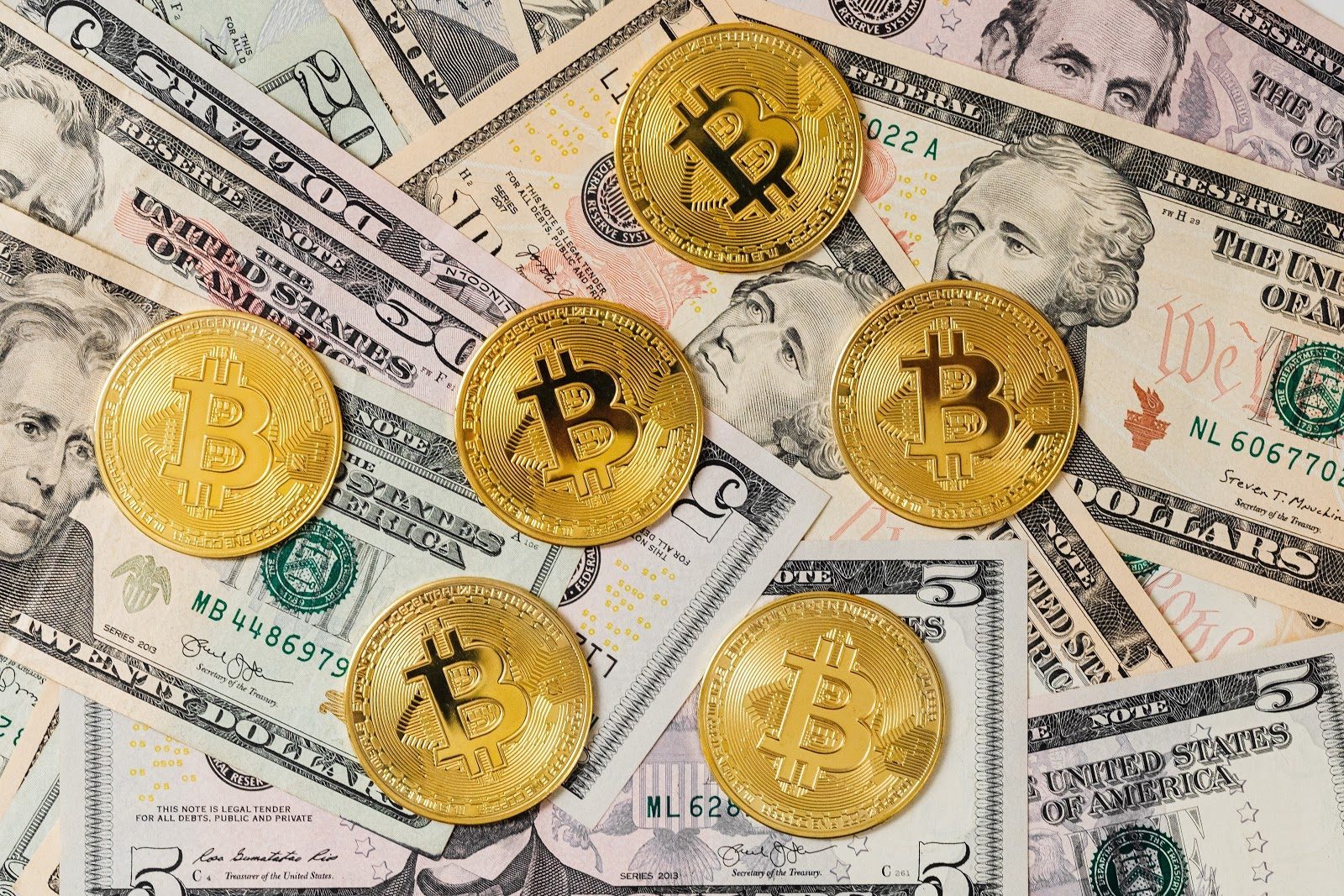Confused about NFTs? Wondering why people would buy memes for millions of dollars when they’re so readily available online for free? Here’s the low-down.
In early February, the creator of Nyan Cat put a remastered gif of his classic meme up for auction. The starting price was set at $5,000. Nine days later, it sold for over $500,000. So why did someone pay over half a million dollars for a gif?

The sale was made possible due to a rising interest in digital art, made possible by cryptocurrencies. In February alone, more than $60 million was spent on digital art on a global level. The highest selling piece, a digital art video mocking Donald Trump for losing the election, sold for a whopping $6 million in February.
The trend grew even more significantly in March, when one individual piece of digital art sold for $69 million dollars, which is more than what was spent on the entire industry the previous month.
Can’t you just download the content for free?
If you’re confused by this trend, don’t worry, you’re not alone. Here’s our explanation of how this even happened.
Yes, digital art can be downloaded by anyone for free as long as they have an internet connection. You can watch and download the Nyan Cat gif for free online on YouTube, or even on the website where it was auctioned for half a million dollars. You can take a screenshot of the $69 million picture in this tweet. Digital art is completely free to consume. But, people are buying unique ownership.
How do you own art online?
Digital art sales are made possible using Non-Fungible Tokens (NFTs). Essentially, an NFT is a token that represents a unique object. In the case of digital art, it’s used to verify unique ownership of the piece.
Read also: Are you a ‘Super Follower’? Twitter reveals new paid service
NFTs are an application of blockchain technology, the same tech that powers cryptocurrencies such as bitcoin. As a result, it creates scarcity for an item that is not actually scarce.
Thanks to this technology, anything can be minted as an NFT, whether it’s a highlight clip of an NBA dunk or a picture of a falcon you took on your iPhone.
Why would someone pay to own digital art?
While initially it may seem like an unusual thing to do, paying for ownership of digital art isn’t too different to buying physical art too. The Mona Lisa painting is worth almost $1 billion, but a copy of it can be printed for free. Art is valued not just by the outcome, but for many other factors too. Similarly, while digital art can be downloaded for free, having ownership provides intangible value.
Read also: Five nostalgia-inducing mobile games
There are many reasons to pay for a meme online. It could be because you want to be part of a relatively new movement that redefines art in our generation. It could also be because you believe that you can sell the same piece at a later date for a higher price.
Will digital art go up in value – or is it a bubble waiting to burst?
It remains to be seen whether NFTs are valuable works of art or just another internet fad.
“There is, though, one big difference between the NFT collectible craze and collectible crazes of the past, which is that, from the start, the NFT collecting frenzy has been largely about money, and the prospect of getting rich,” American journalist, James Surowiecki explains.
Collectables such as Pokemon cards have sold at auctions for tens of thousands of dollars, but usually, they’re purchased by people that have a huge passion for the item (and a lot of disposable income). NFTs, like many internet trends, particularly ones associated with cryptocurrencies, seem to attract people who are in it purely for making more money. The value of art usually stems from a passion for something as opposed to the prospect of making more money.
So if you’re buying Jack Dorsey’s first tweet in the hopes of selling it for more in the future, then that’s a risky bet. The hype may eventually die down. But if you’re buying because you enjoy the thrill of owning the first and most important tweet of all time, then it may be a more justifiable purchase.
An environmental nightmare
Aside from fears of creating a bubble, NFTs are a nightmare for the environment. Minting NFTs – the process of creating a unique token – requires significant computation power which is damaging the environment. Additionally, every step from bidding to selling an item on the blockchain demands more energy.
Read also: From the field to your console: DN explores the rising popularity of E-sports
The sale of digital art online uses up so much energy. CryptoArt.WTF estimates how much energy has been used to facilitate the sale of individual NFTs. It varies based on how many transactions were made to sell the NFT and which blockchain token standard was used. The sale of one gif called “New Money #10” used 888 kWh. That’s as much energy as the average EU resident uses in three months.
As Wired aptly put it: NFTs are hot and so is their effect on the earth’s climate.
There are attempts and promises to reduce the energy consumption of using blockchain. However, very few of those have actually come to fruition. It’s likely that as the NFT industry continues to grow that environmentally-friendly implementations will become available. But until then, it’s a waiting game.
What do you think of NFTs? Would you buy the digital ownership of something online? Would you pay half a million dollars to own this article? Asking for a friend…
Follow Doha News on Twitter, Instagram, Facebook and Youtube







